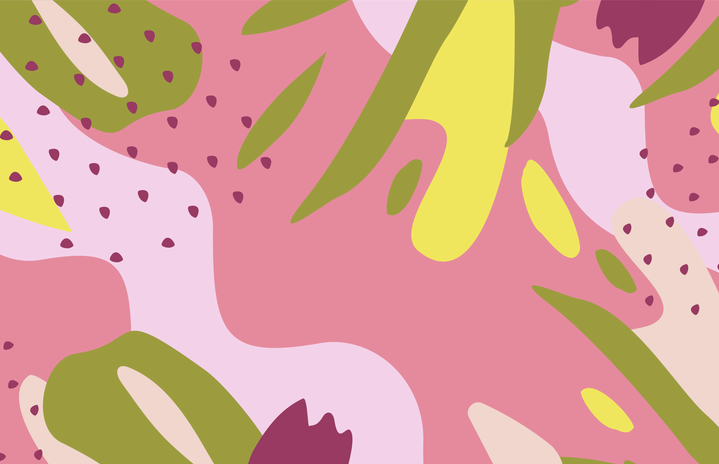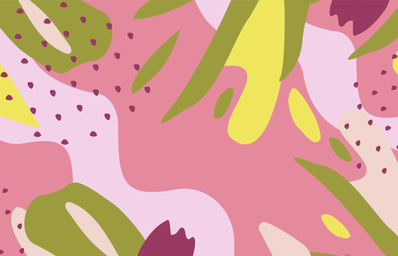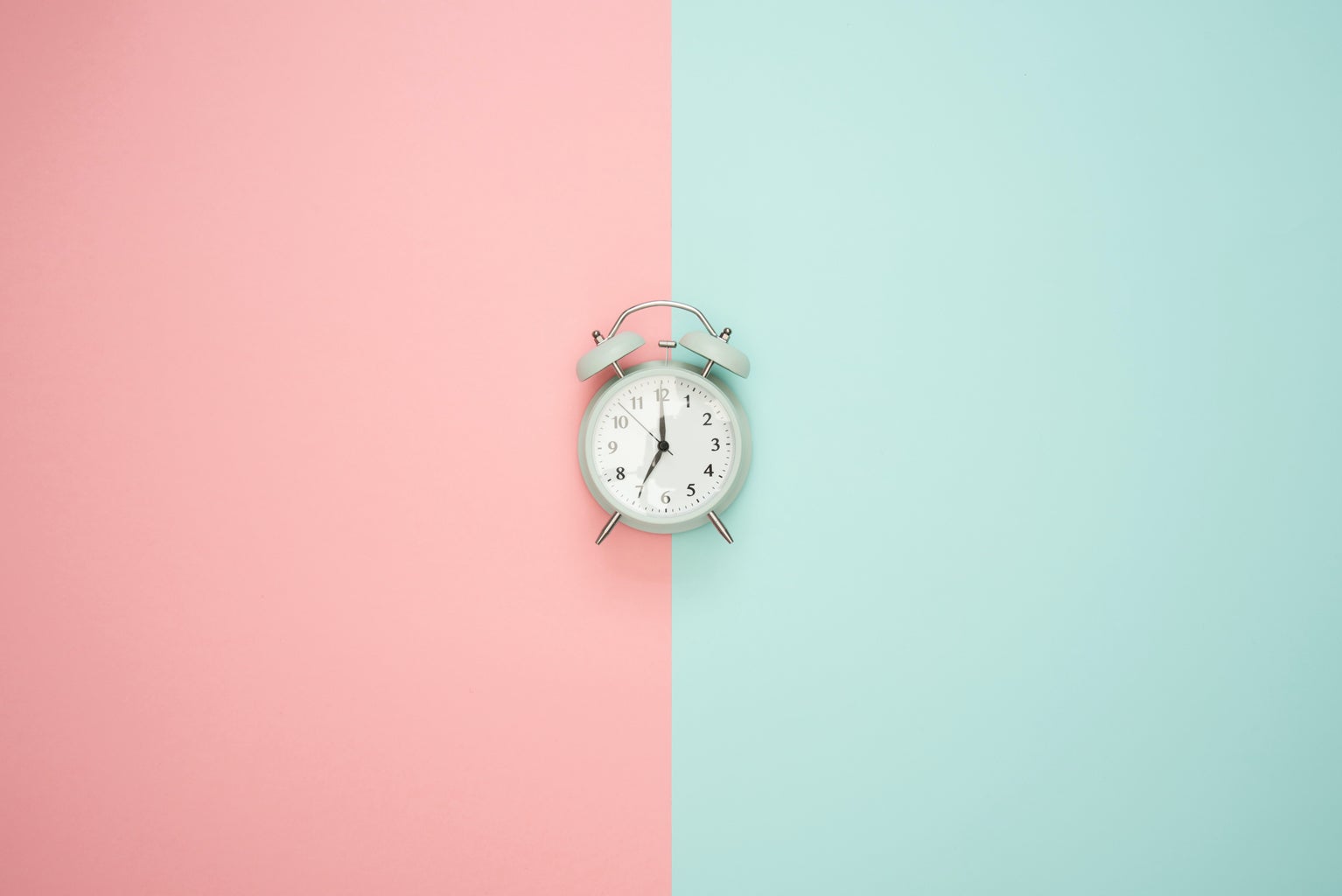The color, not the singer
Disclaimer: This is all based on my experience over the last 18 and a half years, so it might not all match up with your life. I also do not know how this issue affects non-cisgendered people so I will not be touching on that as much but I do acknowledge that it does have some effect on them. Also if you like the color pink, continue to enjoy the color, this is fighting society, not you.
Apparently the Barbie movie caused a pink shortage. Not surprising, right? What if I told you that at one point in human history pink was considered a “boy color” and blue was considered a “girl color”? That is a bit more surprising, right? The idea of boy colors and girl colors seems like a kids’ thing to many, and yet those ideas still hold lots of power in today’s society.
“It’s just a color, it’s not that deep.” First off, it’s 2024 so stop saying “It’s not that deep” unironically. Second, it does hold much more power over us than people give it credit for. I mean, walk into any store and you can tell if something is made for girls or boys based on its color. I remember going to the toy store as a little kid and you knew you were in the “girl section” based on the amount of pink around.
That is not the only time I remember having the idea of pink being for girls pushed at me. Multiple boys in my school had pink shirts that said that they were still strong even with the color on. Not to mention whenever a “girl version” of a toy was made, the color pink was always included.
You might say that it is only this way because that’s what kids like. Girls like pink and boys like blue. But is that true? I mean, if you look at historical photos from about the 19th century, you will notice that most men wore pink and women tended to wear blue. (I learned this from an article I read like five years ago so I do not know exactly the name of it to be able to cite it; if you do not believe me feel free to do your own research.)
But it is not that way in the present. Again, go to a store and you will see pink for girls, blue for boys. Also, as much as some people do not want to admit it, the pink tax is still very much a thing. For those who do not know, the pink tax is when things cost more when they are pushed towards female presenting people (AKA when they are pink).
There are more negatives that come with this. Everyone knows that in literature—and media overall—colors have symbolism, but they also have that type of meaning in the “real world.” The color pink is no exception to this. When you think of pink, things like soft, innocent, weak, gentle, kind, etc. most likely come to mind. Due to the fact that this color is assigned to female identifying people, the symbolism it has also gets assigned to them.
Some female identifying people have chosen to avoid the color at all cost. This may seem like a good idea, but in the big scheme of things, it really isn’t. This is because by acknowledging the sexism part of it, you are thus pushing that onto people who like that color.
So what should be done? Short answer, no idea. I am no expert on color or sexism. I also acknowledge that this is not one of the biggest sexism issues people should be focused on, though it is one of the small parts that adds up to the big issue of sexism. Personally, I think the best course of action would be:
- do things that give the color pink other meanings
- mix pink and blue in different situations
- more non female identifying persons to use the color
- push for companies to use any and all colors no matter what sex/gender they are pushing towards
- fight the pink tax by pointing it out
- and more that I am probably not thinking of
With the symbolism behind the color, pink’s association with femininity is toxic. It is by no means the biggest issue in the world, but it is enough of an issue that we should try to fight it.



